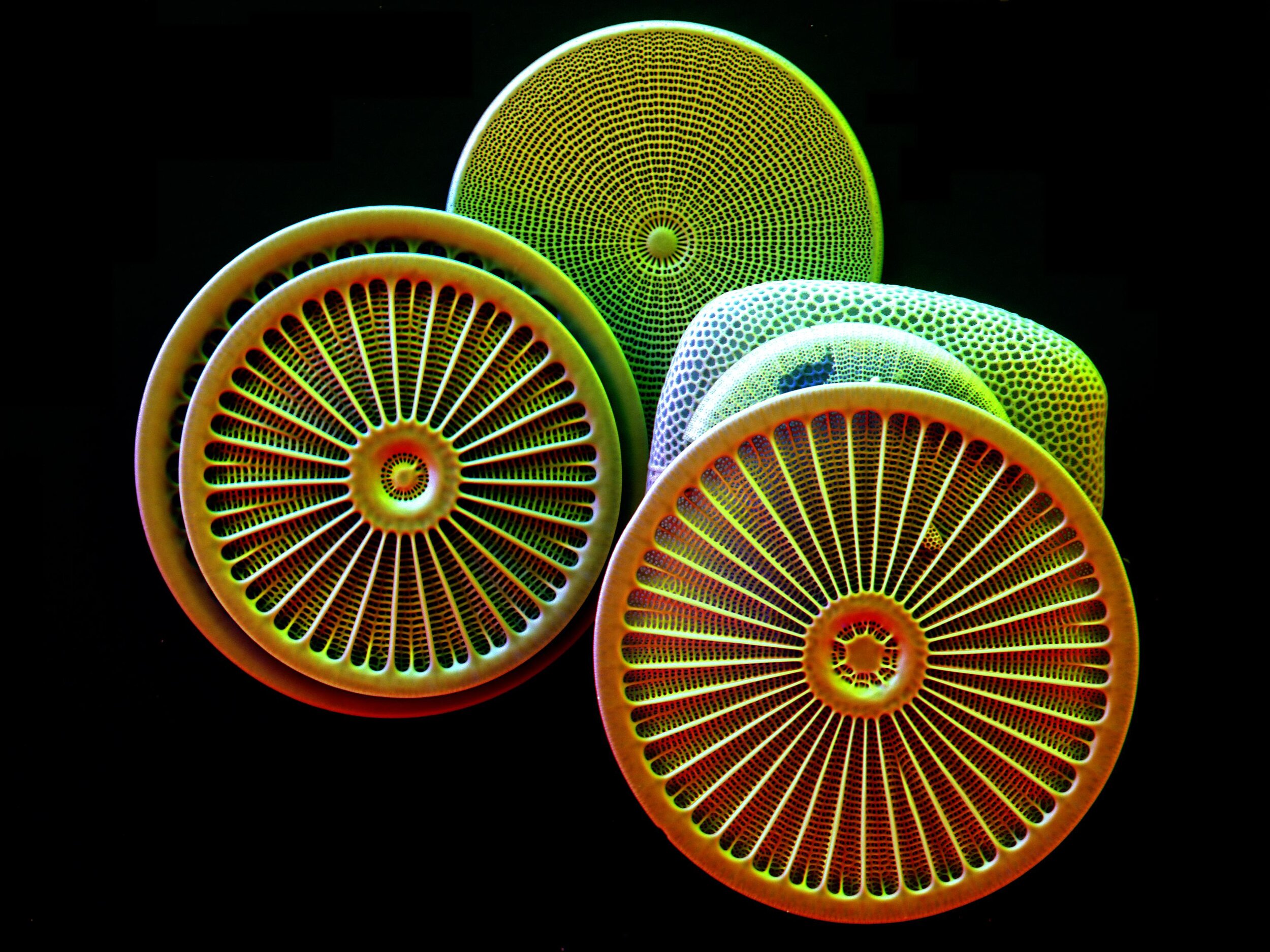The research poster and presentation from my 2020-2021 undergraduate research assistants. Jen and Jenna, thank you for your work and energy this year —I could not have gotten this far without you.
All in Botany
O Christmas Tree
Now, during the twelve days of Christmas, when we have brought all kinds of greenery into our homes, it’s a perfect opportunity to take a closer look at evergreen plants.
What is a fruit?
Flowers are the mother of fruit. How does a flower become a fruit? What is a fruit?
Self-Study Lab
This is a self-study lab on exploring wetlands that you and your family or students can do on your own. It requires a smartphone and curiosity. Go explore!
What is a flower?
One of the best parts of spring is the flowers. Flowers bring color and structure to our yards and joy to our hearts, but what is a flower? Like everything else, flowers have cultural and aesthetic significance, but I want to look at flowers under a botanical lens.
Spring from the car window
Spring is here! As early-blooming flowers pop out, it’s a great time of year to learn to recognize plants. If you are quarantined or locked down at home, you may still catch glimpses on dashes to the grocery store or strolls around the neighborhood. Join me to learn what some of those colorful blurs are.
What is a plant?
What is a plant? There are many deeply strange forms of life on earth that do not conform to our three kingdoms model of the world. What counts as a plant, and what doesn’t? This is the first of a new series of posts that will look under the hood of some everyday plant concepts. We’ll start at the very beginning, asking “what is a plant?” Send me any of your plant quandries and I’ll try to answer them. (Cover image of diatoms--are diatoms plants? Photo by Zeiss Microscopy CC license)
Cran Blog
Cran blog about cran bogs. Cranberries are a delicious superfruit that is native to the amazing New Jersey Pine Barrens. Botany, Ecology, cuisine, oh my!
Conservation in Unexpected Places
Results! These are some results that I recently shared at the Student Conference on Conservation Science in New York. I have summarized the talk I gave there in which I reveal the plant species that I found in detention basins in my 2018 study. In some of my earlier posts, I described the background of the project that I am working on. This one will catch you up on the background, but also give some answers.
Thanks for all the help!
Scientific research is a broad enterprise, and takes a lot of work. Here’s to all the field and lab assistants who have helped me along the way in the past few years!
Acarodomatia
A house for ants!
Flood prevention and butterflies and The role and potential of stormwater detention basins: Part 2
There are over 16,000 stormwater basins in all of New Jersey (https://hydro.rutgers.edu/). Locally, there are over 1500 detention basins in the Lower Raritan Watershed. Enhancing the functions of these basins represents a large-scale opportunity to restore environmental quality. When detention basins are lined with native plants, the thicker vegetation can trap contaminants and prevent them from running into streams and drinking water sources.
Transmissions from Hawaii: A Fruitful Adventure
I love fruit, and my mission in Hawaii is to eat as much of it as I can. Botanically, a fruit is the fleshy, seed-container of a plant. While fruits all share the same basic parts, the variation is fascinating and delicious.
Transmissions From Hawaii: (Botanical) Paradise Island
I’m on my honeymoon in Hawaii, and I’ve seen so much that I want to share! Here are some tropical plants to cheer up winter in the Mid-Atlantic.
The Influence of Landscape Context on Native Plant Species in Stormwater Detention Basins
One of the ways I am using the data from my fieldwork is to study the way the surrounding landscape influences the plant species found at a site. I found the percent native species at a site is negatively affected by commercial and services land use and transportation and utility areas in the surrounding area but positively affected by wooded wetlands and recreation land nearby. This can help land managers fine tune restoration decisions for different kinds of sites.
Plate Botany
Recently I was at the grocery store, and this know-it-all sign reminded me of a blog post I wrote for the Farm Cooking School back in 2014. People often want to tell us that a tomato, a cucumber, or some other vegetable “is actually a fruit.” To say this is to confusedly blur the lines between culture and botany.















